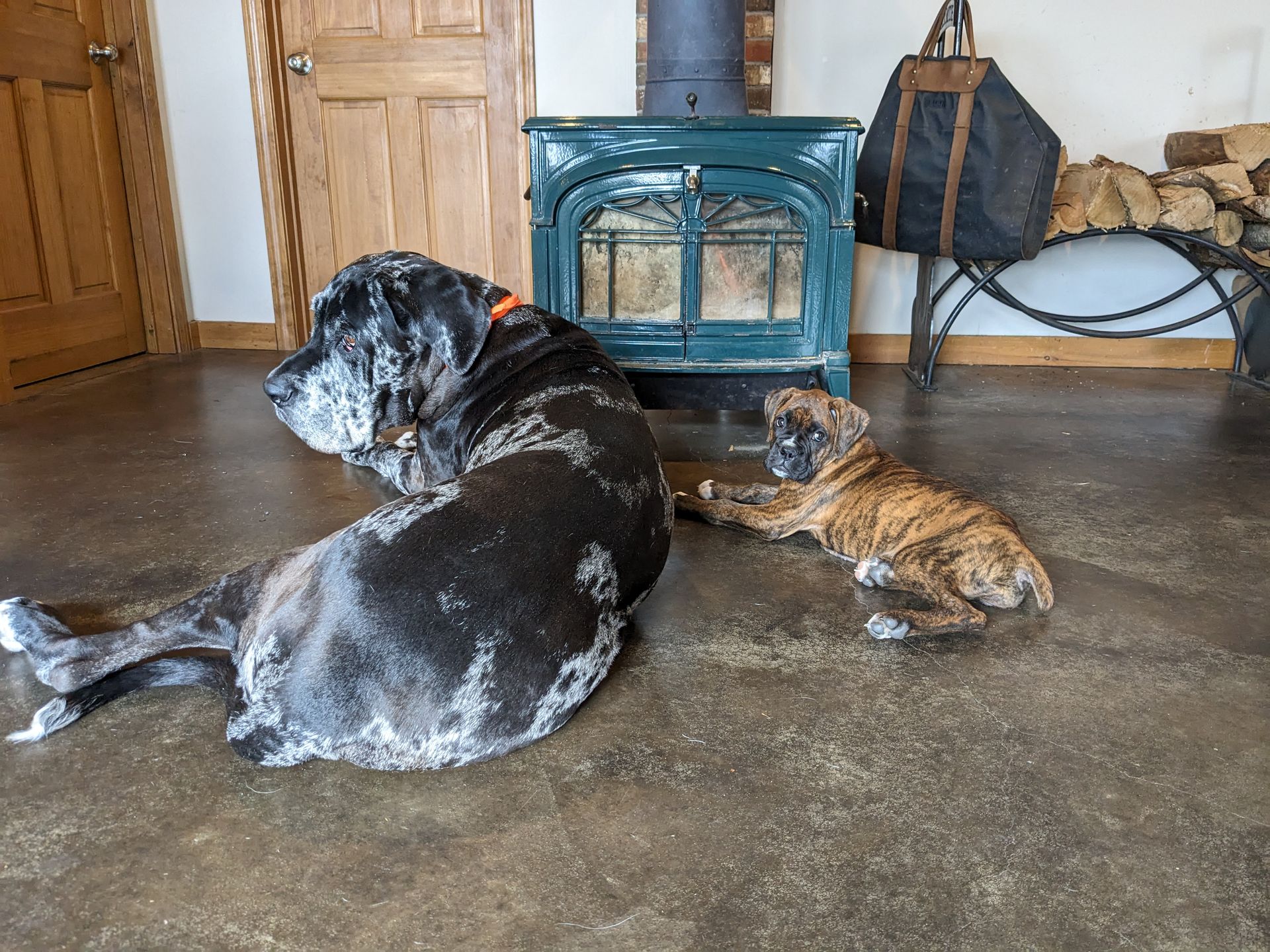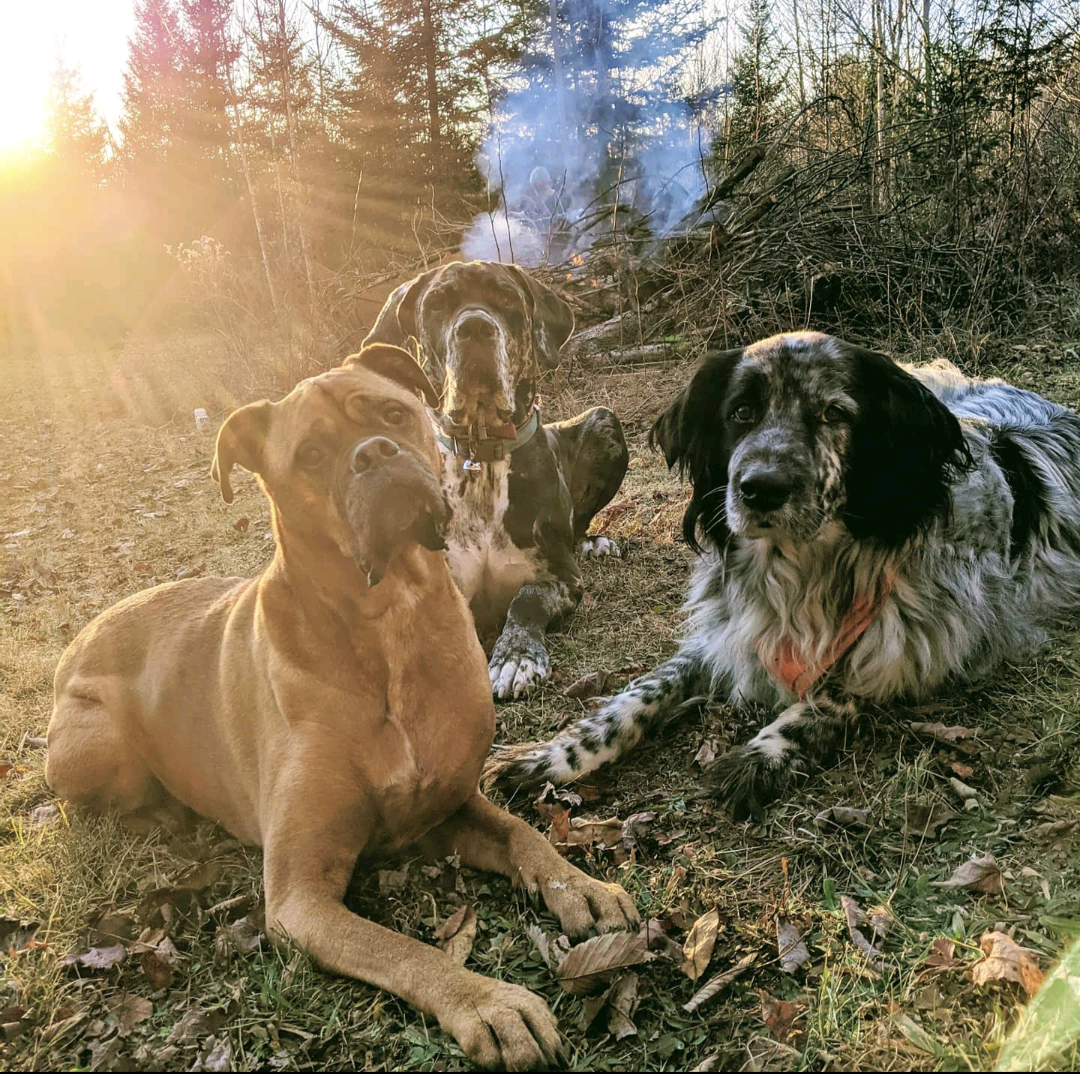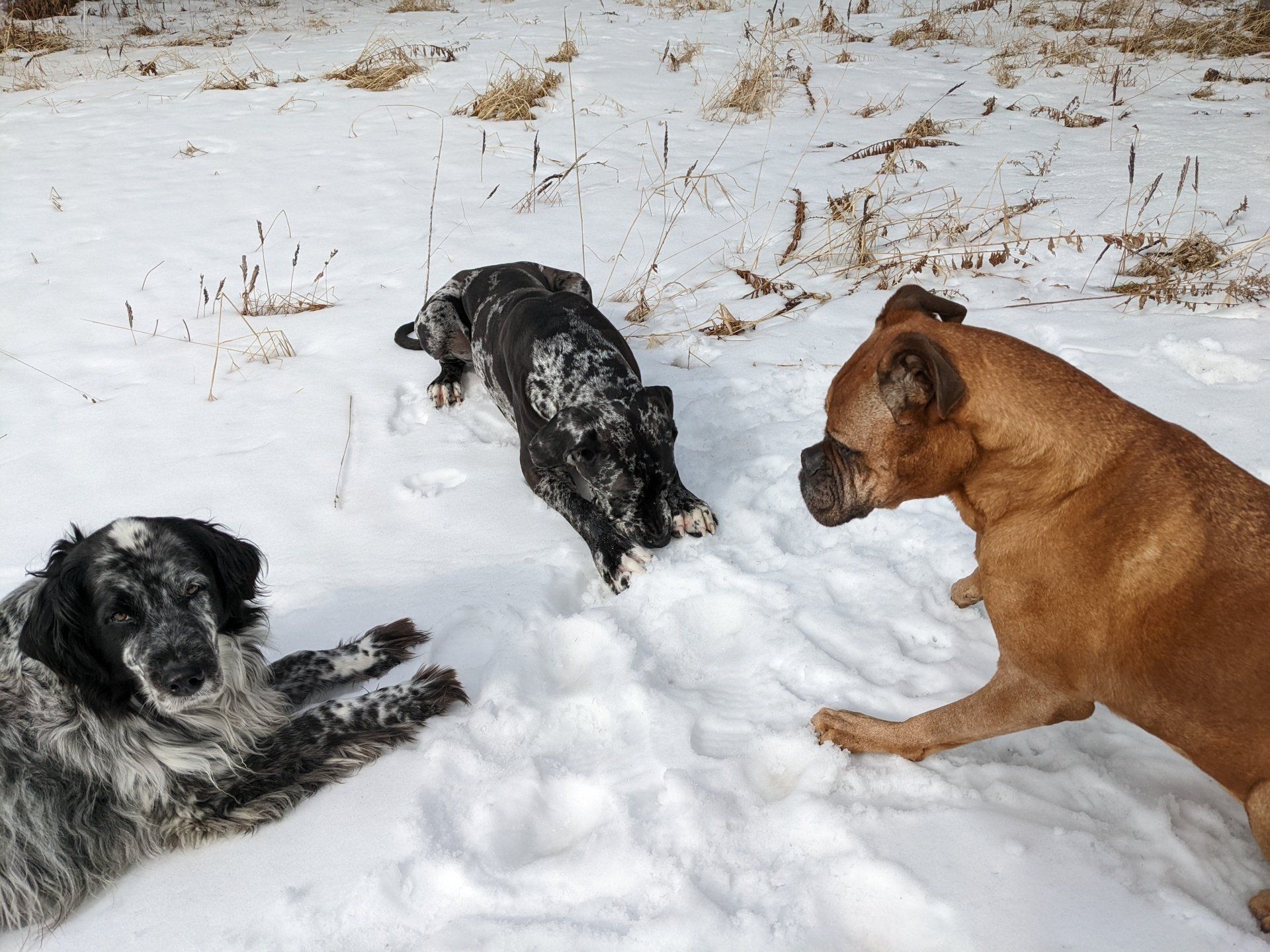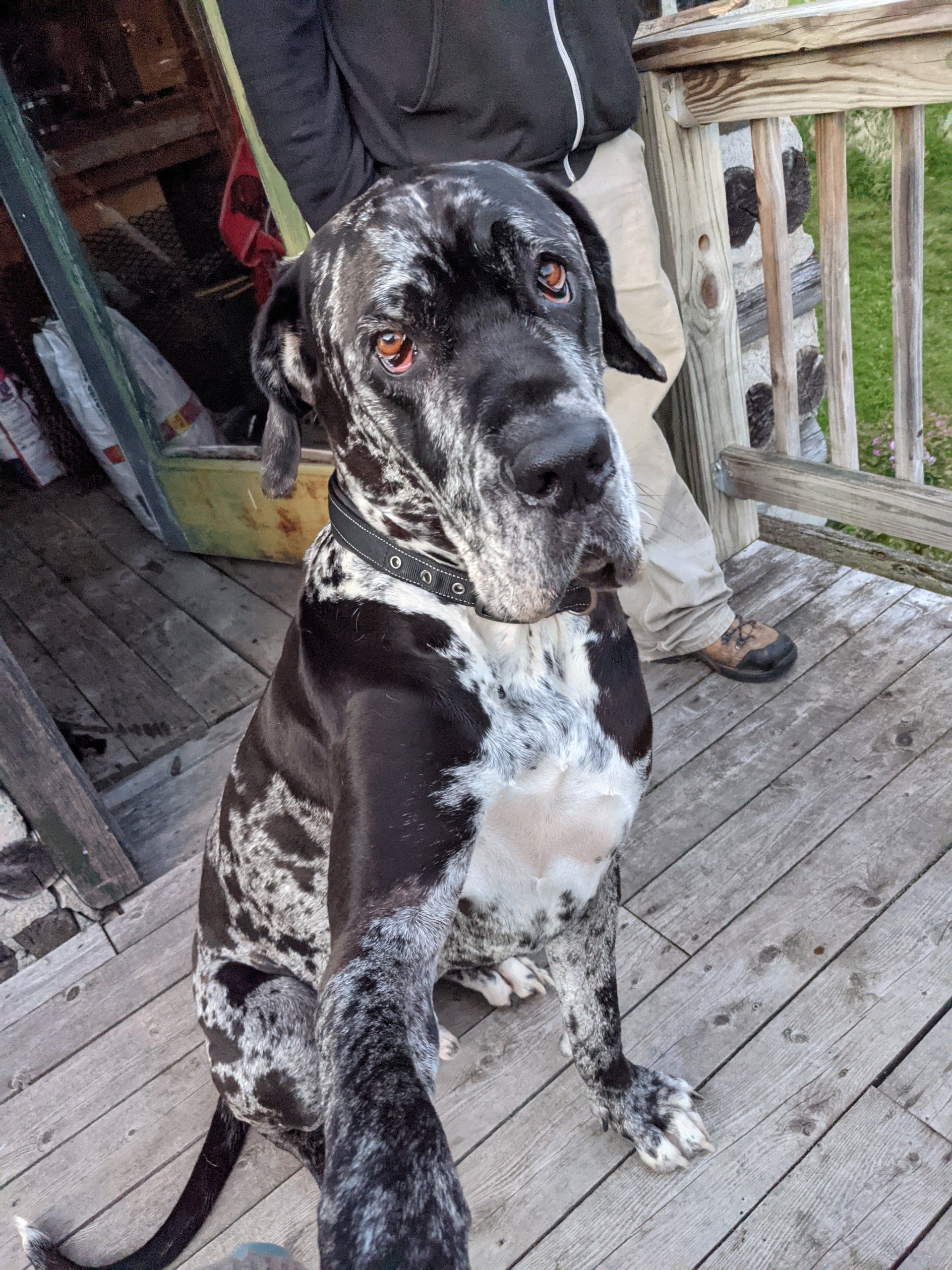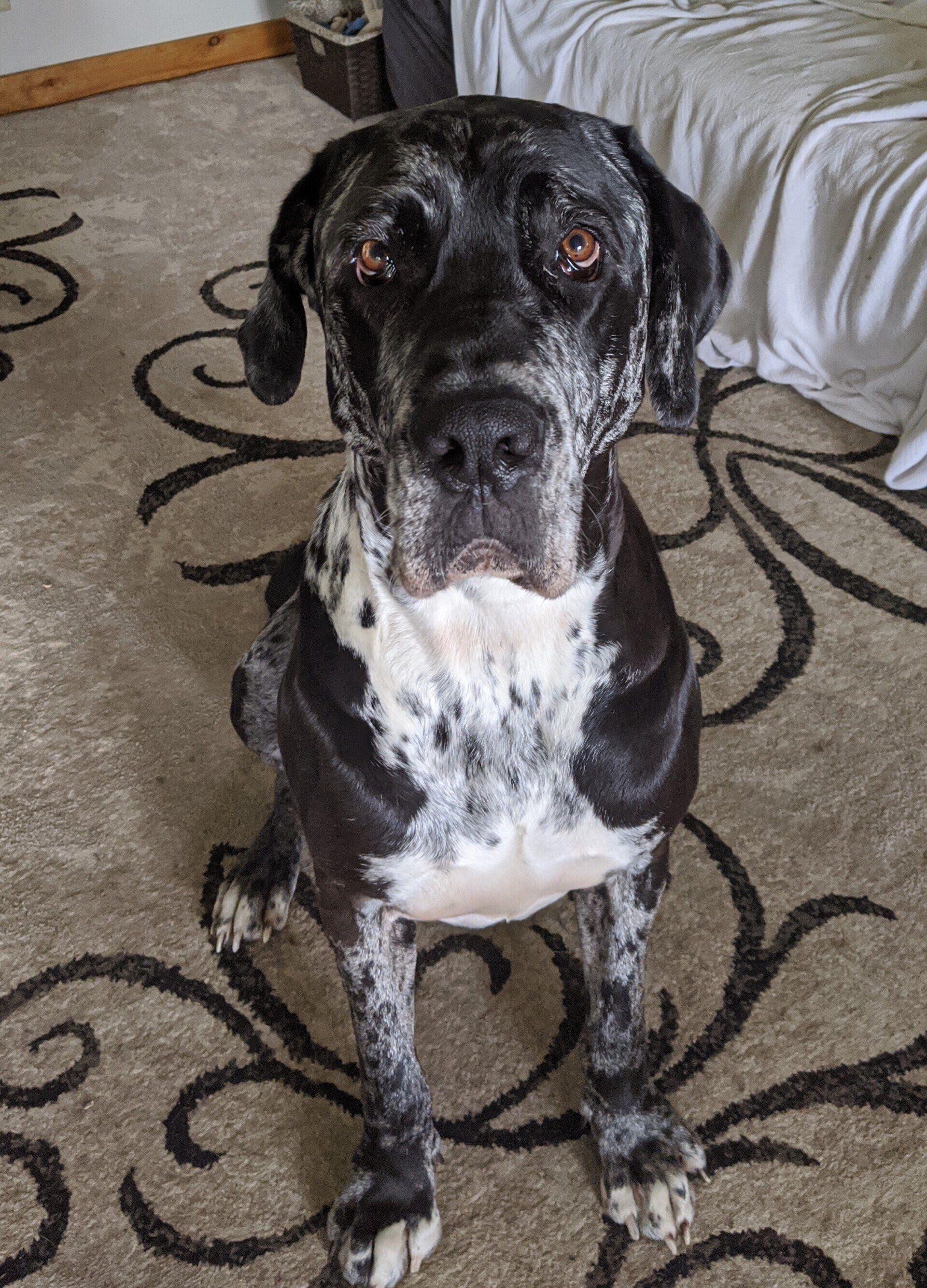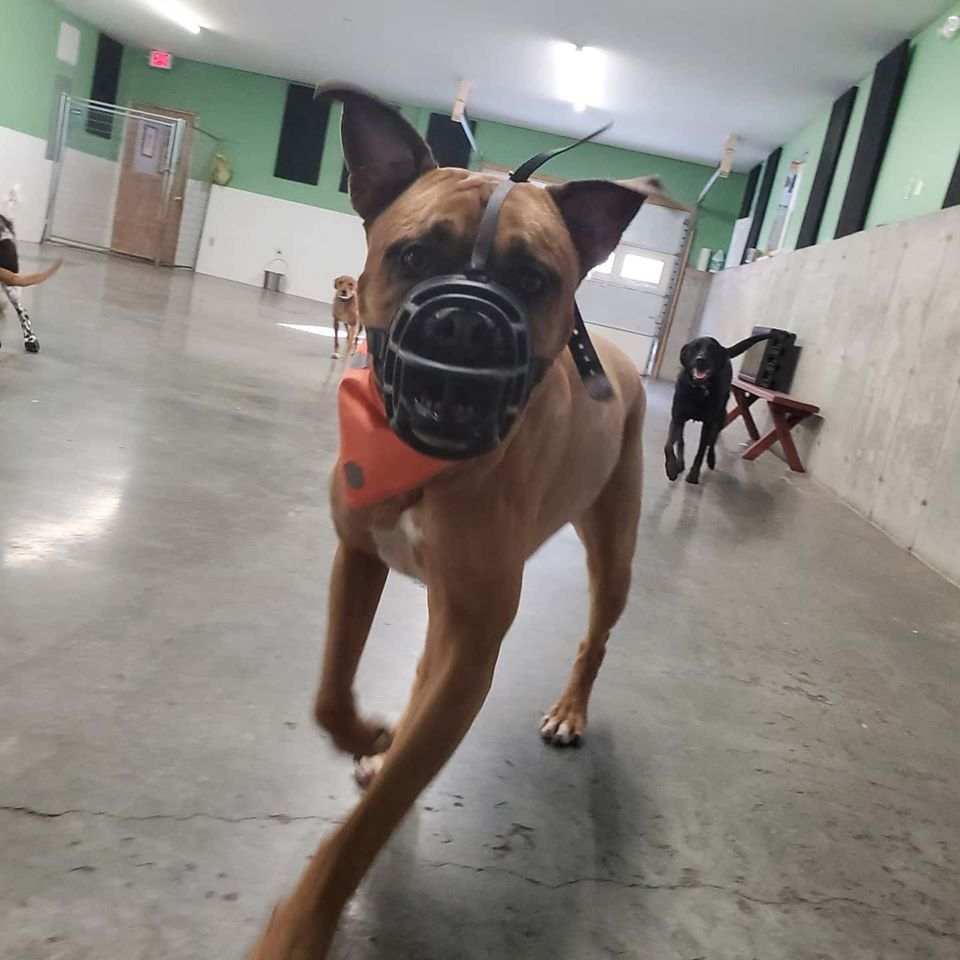"It Sounds Like Your Dog Might Need a Little More Structure"
Gillian Scarpino
You get it in theory, you're supposed to be more consistent and enforce rules with your dog...but what does that look like in reality?
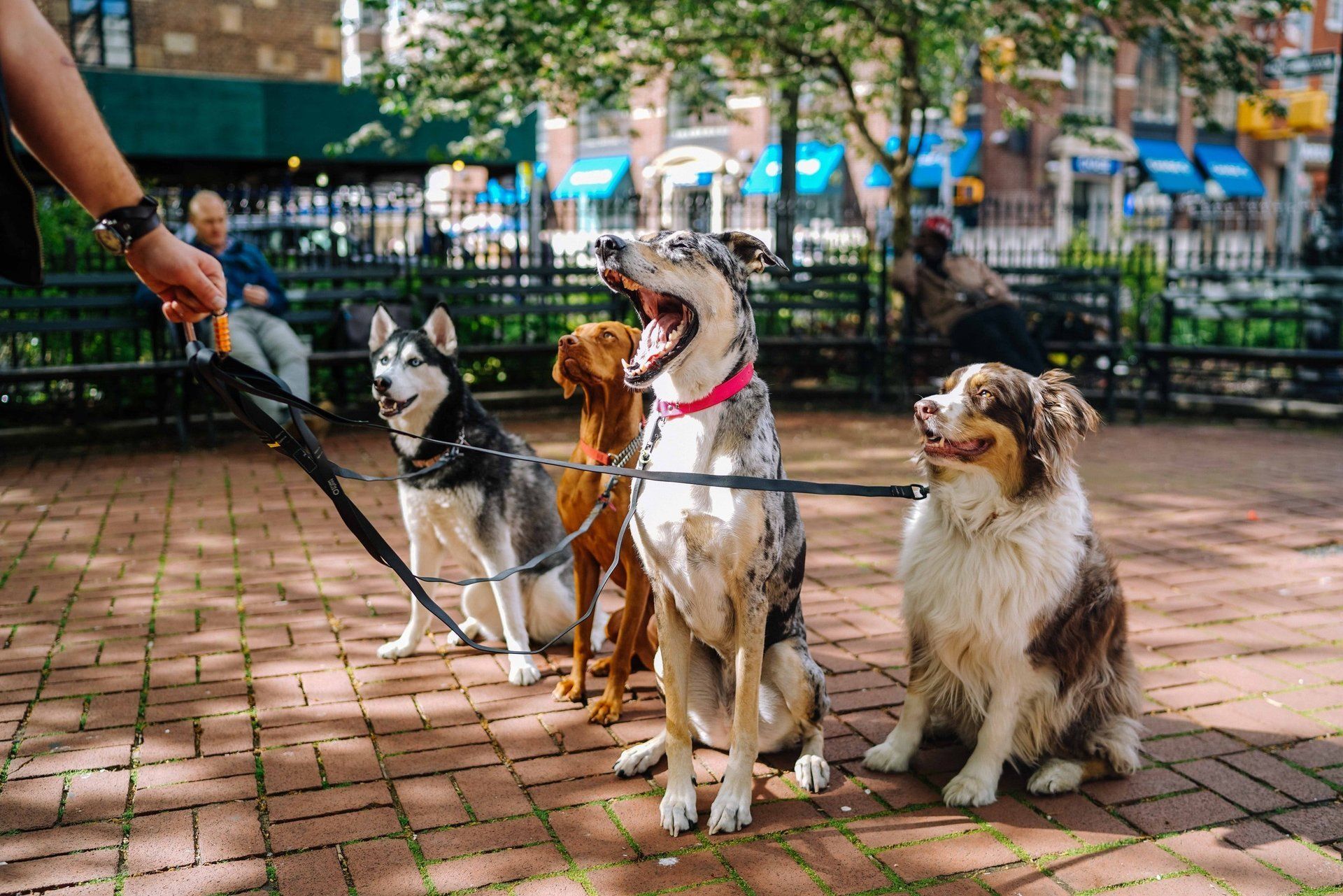
You may have heard your trainer say that it would really benefit you and your dog to add more structure and boundaries to your days. But sometimes that’s easier said than done, especially if it makes sense in theory but not in practice! So, I wanted to take some time and give some ideas for what a more structured day might look like.
For one, let’s look at how a preschool is set up. My son’s preschool has a perfect balance of structure and free play. Every morning I bring him to school and the kids are playing at various “areas” for the first several minutes. Then it’s time to wash hands and sit at the table for breakfast. Then they have circle time where they always read a book, sing a song, and talk about the calendar and the weather. Then they go outside. Then they come in for a project, and then it’s hand washing time again and then lunch time. Do you see where I’m going with this? Every day is structured the same so the kids have some direction and know what to expect.
Overall, the day has specific time frames and activities already built in. Then, within the day there are rules to be followed. For instance, using inside voices and listening ears, keeping your hands to yourself and following along with the rules of each day’s project. When kids do not follow the rules, they are not allowed to partake in that part of the day. They may need to take a break or apologize for their behavior, then they are allowed to try again and then either removed again or praised for making the right decision.
Knowing what is expected from them can take the guesswork out of a kid’s mind. Having solid rules lets preschools and other establishments run as smoothly as possible with many children at once!
Now let’s transfer this to your day with your dog. Is your dog telling you when he wants to go outside? When he wants to eat? When she wants to play or wants your attention? Does she nudge you until you get up to walk her? Do you walk her every now and then or can she count on a walk every day? Does she beg for your food until you give in and give her table scraps? Does he have a predictable schedule to follow and rules he knows he has to obey or are you inconsistent with your expectations? Can you imagine if a preschool was run by the children or if it was a free-for-all?!
When you start looking at your relationship with your dog from an overall perspective, it can be easier to see where there might be some holes in your structure or boundaries. These questions are not meant to point out things you’re doing “wrong”, they are meant to get you reflecting upon things that have become automatic behaviors for you (for everyone!).
A more structured day might look something like this:
Wake Up
Bring your dog outside/For a walk
Feed your dog
Give your dog a puzzlegame or let them do seeking work in the house when you leave for work
Crate your dog before work (if you choose to)
Come home from work and let your dog outside
Practice commands with your dog
Bring your dog for a walk and practice recall throughout the walk, or make it a structured walk with heel
Free play with your dog
Feed your dog dinner
Outside one more time
Crate/bedtime
That’s a structured day.
Now, within this day, there can be more rules and firmer boundaries. For instance:
Your dog is no longer allowed to get up on the couch or bed whenever she wants, but rather she must be invited
You become a little more aware of when you’re giving your dog attention – is it when she is demanding it from you or when you decide she is doing something that you want her to do (you get what you pet!)
When your dog jumps on your guests you remove her from the room, let her calm down, then give her another chance to make a better decision
When you’re about to bring your dog outside if she starts charging the door you close the door, wait for her to sit back down, then slowly open the door again. Keep repeating until she understands that she must be calm before walking through the door.
Do you see how you can be the one setting the tone and the expectations for the day? Just like a preschool teacher would lovingly set rules and boundaries, provide the structure and the flow for the day, and be the one to lead the students from one activity to another, so can you for your dog! You will find that your dog will really appreciate the consistency and the clear communication, and you will undoubtedly see better behaviors from your dog in the long run!


